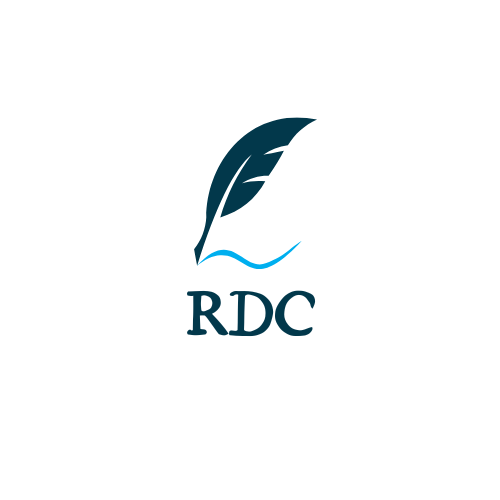Last week, I discussed the value of outlining your story. Some “pantsers” turn their noses up at the outlining process, but don’t knock it till you try it—even experienced pantsers (I used to be one myself) can find it helpful.
Here’s the outline I use, adapted from the books Writing the Intimate Character by Jordan Rosenfeld and Writing Deep Scenes by Jordan Rosenfeld and Martha Alderson. It breaks your novel into four parts, each taking roughly 25% of the total word count:
- Beginning
- Emerging Middle
- Deeper Middle
- End
It also focuses on four “energetic markers,” which can be thought of as key scenes or turning points:
- Point of No Return
- Rededication
- Dark Night of the Soul
- Triumph

The Beginning introduces the main character in her normal world. It sets up the central story conflict, as well as the protagonist’s flaw or wound—in other words, how she will need to change over the course of the story.
The Beginning ends with the first energetic marker, the Point of No Return, a critical juncture where our heroine decides or is forced to plunge into the new world of the middle. She can no longer return to her old world and status quo. She may be physically trapped in a new world or situation, or she may make a promise or commitment that she can’t undo.
When she emerges from the Point of No Return, the protagonist is thrust into the new and mysterious world of the Emerging Middle. Here, the action is controlled by antagonists and obstacles. Our heroine faces many setbacks, but she is still winning in this stage. Her shadow side begins to reveal itself, both to the reader and to the character herself. She must begin to face her flaws and wounds, which will eventually force her to change.
The Emerging Middle ends at the second energetic marker, the Rededication. This is where the main character is forced to reevaluate her progress toward her goal, and either recommit to that goal or identify a new one.
After the Rededication, the protagonist enters the Deeper Middle. This place is even more mysterious and challenging than the Emerging Middle, and our heroine is no longer winning—instead, the antagonists take the lead. The mindset and techniques that served the main character well in her old world no longer work, and she is forced to change her plan of attack. She faces greater setbacks and higher stakes than in the Emerging Middle, and her emotional outlook becomes increasingly bleak.
Then, just when she thinks she’s about to reach her goal, she loses everything at the Dark Night of the Soul. This energetic marker turns the story in a new direction. It also awakens the main character to her flaws, strips away her old self, and gives her what she needs to succeed in the upcoming climax.
The protagonist enters the last quarter of the novel, the End, by formulating a plan and gathering resources. These resources may be external (information, allies, tools, supplies) or internal (bracing herself emotionally for what’s to come). She no longer hesitates or second-guesses herself—she knows exactly what she must do and why, if not how to do it, and she moves toward her goal with courage and determination.
This leads to the final energetic marker, the Triumph, which is the climax of your story. The Triumph is the heroine’s final confrontation with both the external antagonist and her own internal flaw. In order to succeed at the Triumph, she must come to terms with her shadow side and complete her character transformation. She is now fully united with her new self-awareness, understanding of the world, and sense of responsibility.
The Triumph is followed by a brief resolution or denouement, which wraps up any last plot threads and provides a glimpse of the transformed protagonist in her new world.
What I like about this approach is that it’s a roadmap, with signpost scenes and plenty of room for creativity in between them. It keeps me from getting lost in the weeds while allowing me to discover more about the story as I write the first draft. It also reminds me of both plot threads—external action and internal transformation—and how they work in tandem.
I hope this helps you outline your next project. If you’re doing NaNoWriMo this year, here’s wishing you happy writing and plenty of caffeine!
